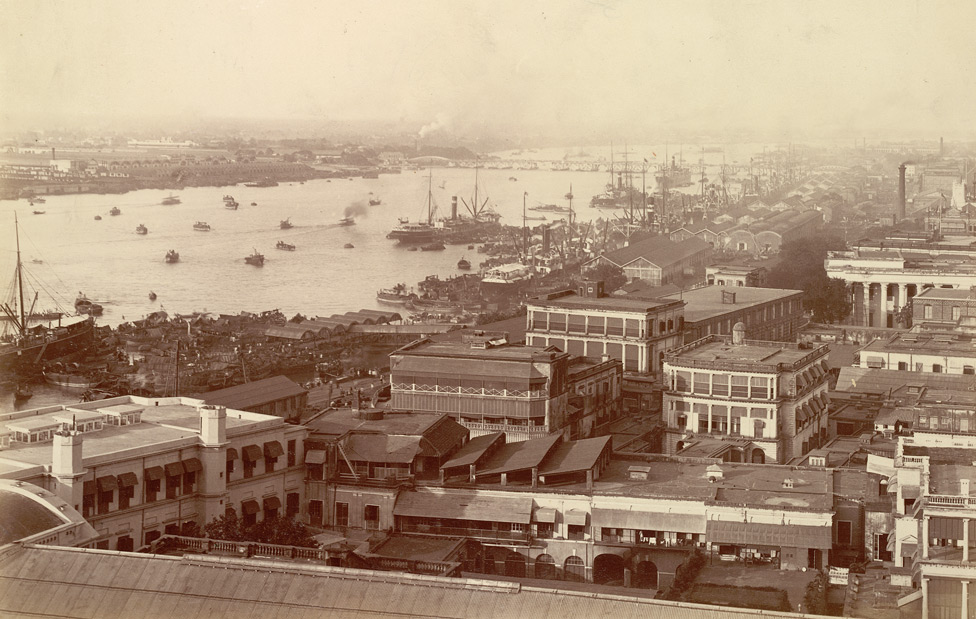
The River Tales- Story of River Hooghly
Kolkata, formerly known as Calcutta, is synonymous with the growth history of India. Once the capital of India, it almost set rules of how a growing metropolis with new Urban Planning and Urban Design laws could be. Geographically the city of Calcutta is located East of India along the banks of River Hooghly-Bhagirathi and was a major Trade centre. The imprints can still be seen today.

The River Hooghly was notorious for high silting and often caused ships to get stuck at windings. Travels along the river for work were also getting perilous at a point in time when more Trade grew. The right analogy would be to say a ‘Traffic Jam’ on the river. One of the letters written by Mr Warren Hastings to his wife on August 1780 states that, though he has set sail, the ship is stopped by the wind, tide, and the winding of the river.
Calcutta and its river banks were too important for driving World Trade by the East India Company; and cannot be deserted. Therefore, began a new approach to Improvement works. The city saw Improvement works to curb sanitation challenges, health challenges, water shortage, land ownership, walkability and many more. From the many, one of them was also ‘Improvement of the River Hooghly Navigation’.
On 16th June 1865, Mr Leonard, the acting Superintending Engineer of the Public Works Department of Bengal, was appointed for a special task by the Under Secretary of State for India. He was instructed to prepare a report on improving the navigation along River Hooghly. The first report was prepared after extensive data collection from World Rivers. Their improvement works were studied before Mr Leonard could draw up his observations.
He first travelled to Danube, and understood how silt could be removed at the entrance of the river. Then at Po he learnt documentation process for ground-deepening works. At Berlin he met engineers responsible for technical river works. Then at Danzig he learnt how to examine when a river is excavated, deepened, and connected to the Sea. He also went to the Rhine to understand types of machines that will help remove shoal and regulate the channel. Further on he went to Adour, and found a peculiar approach to river improvement. The ‘bar’ was removed from the river’s entrance. After that, Mr Leonard went to England and met master river engineers Clyde, Wear and Tees, whom he met personally.

As a result of the learnings compiled, River Hooghly Improvement Works were initiated. It accounted for navigation, trade, fresh water supply to homes and networking with the Global Trade centres.



